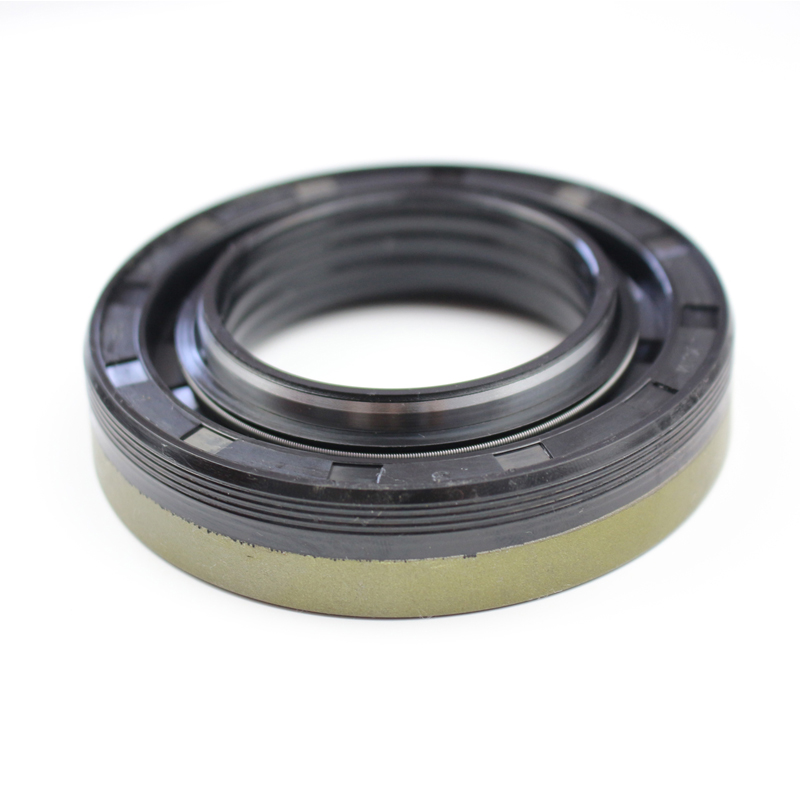gearbox input shaft seal
Understanding Gearbox Input Shaft Seals Importance, Function, and Maintenance
Gearbox input shaft seals are crucial components in the machinery and automotive industries. They serve the essential purpose of preventing lubricants from leaking out of the gearbox and contaminants from entering it. This article delves into the importance, function, and maintenance of gearbox input shaft seals.
What is a Gearbox Input Shaft Seal?
A gearbox input shaft seal is typically made from durable materials such as rubber, silicone, or polyurethane, designed to withstand varying temperatures and pressures. The seal is positioned at the point where the input shaft enters the gearbox, creating a barrier that protects the internal components from dirt, dust, and water. Additionally, it helps to maintain the appropriate level of lubricant within the gearbox, ensuring smooth operation and preventing premature wear.
The Importance of Input Shaft Seals
A functioning gearbox is vital for the performance of any vehicle or machinery relying on mechanical power transmission. If the input shaft seal fails, it can lead to several issues
1. Lubricant Leakage When the seal deteriorates, lubricants can leak out, reducing the lubricating film that protects gears and bearings. This can create friction, leading to overheating and eventual failure of the gearbox. 2. Contamination A compromised seal allows dirt and other contaminants to enter the gearbox. This can result in abrasive wear on gears and bearings, significantly shortening the lifespan of the equipment. 3. Increased Maintenance Costs Frequent seal failures can lead to increased maintenance costs. Replacing seals and addressing the damage caused by leaks can be time-consuming and expensive.
Function of Gearbox Input Shaft Seals
gearbox input shaft seal

The primary function of a gearbox input shaft seal is to maintain the integrity of the gearbox by
- Preventing Fluid Loss It seals the gap between the rotating input shaft and the stationary gearbox, effectively containing the lubricant. - Blocking Contaminants The seal functions as a protective barrier against dust, dirt, and moisture, helping to keep the internal environment clean and functional. - Assuring Optimal Performance By preventing leaks, the seal helps to maintain the proper lubricant levels, ensuring that all moving parts are adequately lubricated and able to function efficiently.
Maintenance and Inspection
To ensure the longevity and effectiveness of gearbox input shaft seals, regular maintenance and inspection are necessary. Here are some key practices
- Routine Checks Regularly inspect the seals for signs of wear or damage. Look for leaks around the seal area or any signs of cracking or deformation. - Lubricant Levels Check the gearbox lubricant levels frequently. Low levels could indicate a seal failure. - Replacement Follow the manufacturer’s guidelines for seal replacement. Even the best-quality seals have a lifespan, and proactive replacement can prevent unexpected failures. - Cleanliness Maintain a clean working environment when servicing gearboxes. Dirt and grime can wear down seals more quickly and lead to premature failure.
Conclusion
Gearbox input shaft seals are integral components that play a vital role in the performance and longevity of various mechanical systems. Understanding their importance and ensuring proper maintenance can help prevent costly repairs and enhance the performance of machinery and vehicles. By regularly inspecting seals and adhering to maintenance schedules, users can safeguard their investments and ensure smooth operation for years to come.
-
Understanding the Front Main Engine Seal: Purpose, Maintenance, and Installation
News Jul.29,2025
-
Understanding O-Rings and Seal Rings: Types, Applications, and Custom Solutions
News Jul.29,2025
-
Understanding Crankshaft Oil Seals: Rear Seals, Pulley Seals, and Their Role in Engine Integrity
News Jul.29,2025
-
The Importance of Front and Rear Crankshaft Seals in Engine Performance and Oil Management
News Jul.29,2025
-
Crank Oil Seals: Functions, Types, and Cost Considerations in Engine Maintenance
News Jul.29,2025
-
A Comprehensive Guide to O-Rings and Seals: Types, Materials, and Global Applications
News Jul.29,2025
-
Mastering Diesel and Performance Engine Maintenance: A Guide to Critical Oil Gaskets
News Jul.28,2025
Products categories















